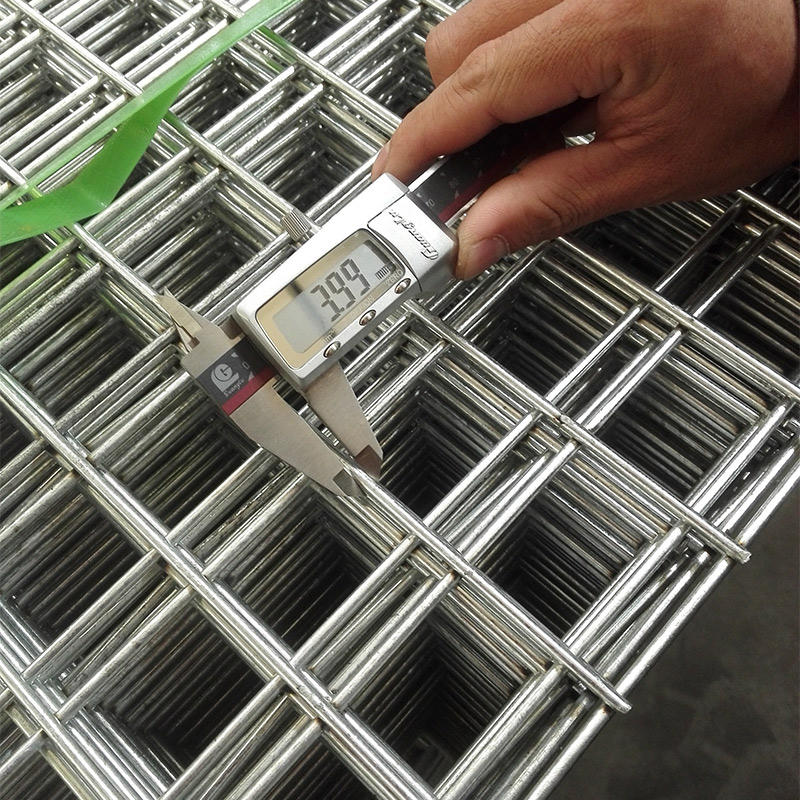Dec . 03, 2024 15:36 Back to list
barbed wire
The Symbolism and Significance of Barbed Wire
Barbed wire, a seemingly simple invention, has played a profound role in shaping human history, society, and even culture. Initially developed in the late 19th century to confine livestock, it quickly became a symbol of containment and control, transcending its agricultural origins to become synonymous with military, political, and social struggles.
The invention of barbed wire is often credited to Joseph Glidden, who patented his design in 1874. Before its introduction, farmers struggled with wooden fences that required significant resources and labor to construct and maintain. Barbed wire offered an efficient and cost-effective solution, enabling farmers to safeguard their livestock with minimal effort. The ease of installation and relatively low cost revolutionized agriculture in the American West, facilitating the expansion of farmland and shaping the landscape.
However, as the use of barbed wire spread, it also began to symbolize restriction. Its deployment extended beyond rural America; barbed wire fences began to dot the boundaries of military zones, prisons, and internment camps. The wire’s sharp points and menacing appearance became synonymous with confinement and oppression. During the First and Second World Wars, barbed wire was utilized around fortifications and prisoner-of-war camps, serving as a stark reminder of the horrors of conflict and loss of freedom.
In the context of World War II, barbed wire represented not just physical barriers but also the ideological divisions of the time. It was an emblem of the internment of Japanese Americans, the segregation of prisoners in concentration camps, and the broader themes of dehumanization that accompanied war. The wire became a powerful symbol of exclusion and suffering, threading its way through the narratives of countless victims of war and persecution.
barbed wire

Beyond military applications, barbed wire has found its way into discussions about social justice and civil rights. The imagery of barbed wire has been employed in art and literature to evoke feelings of struggle and resilience. Many artists have used this motif to illustrate stories of confinement, whether in the form of immigration barriers in modern-day contexts or as a reminder of historical injustices.
The ongoing discussions surrounding borders and migration have also brought barbed wire back into contemporary discourse. The installation of barbed wire fences to secure national borders is a hotly debated topic around the world. These fences, often seen in regions with high levels of immigration, raise questions about human rights, safety, and the ethical implications of erecting physical barriers between nations. Barbed wire, in this sense, becomes more than just a physical object; it embodies complex social dilemmas and the human condition.
In literature and film, barbed wire has frequently been used as a metaphor for emotional and psychological barriers. Characters may find themselves ensnared by circumstances as limiting as the physical constraints of barbed wire, leading to introspection about freedom, choice, and the nature of confinement. These narratives often resonate deeply with audiences, touching on universal themes of struggle and the longing for liberation.
Despite its associations with violence and restriction, barbed wire also serves as a potent symbol of resilience. Across history, communities and individuals have found ways to dismantle the barriers imposed upon them. Activism and advocacy movements have emerged to challenge the oppressive systems represented by barbed wire, illustrating the human spirit's capacity to fight against confinement and injustice.
In conclusion, barbed wire is more than an invention designed for agricultural purposes. Its evolution into a multifaceted symbol reflects the complexities of human society, encompassing themes of control, suffering, resilience, and resistance. As we navigate contemporary issues surrounding borders, governance, and human rights, the presence of barbed wire—both literally and metaphorically—reminds us of the ongoing struggles surrounding freedom and confinement throughout our shared history. Through this understanding, we can better appreciate the layers of meaning inherent in such a simple material, recognizing it as a powerful testament to the enduring human experience.
-
High-Quality Steel Grating Solutions for Industrial Applications | Durable, Safety, Customization
NewsJul.13,2025
-
Advanced Solutions-CompanyX|Enterprise Efficiency&Cost Reduction
NewsJul.13,2025
-
Sustainable Manufacturing-EcoTech Innovations|Waste-to-Energy System&Zero Emissions
NewsJul.13,2025
-
Welded Wire Mesh- Buildings Wiremesh Co., Ltd.|Durable Construction Material&Industrial Strength Solution
NewsJul.13,2025
-
Smart Production Solutions-Example Corp|AI Automation&IoT Monitoring
NewsJul.13,2025
-
Advanced Industrial Solutions-Advanced Industrial Solutions|Manufacturing Efficiency&Productivity
NewsJul.13,2025

